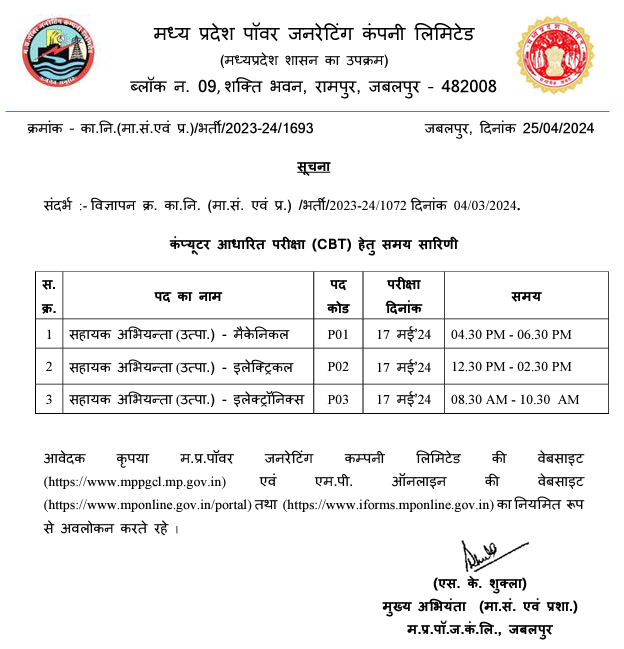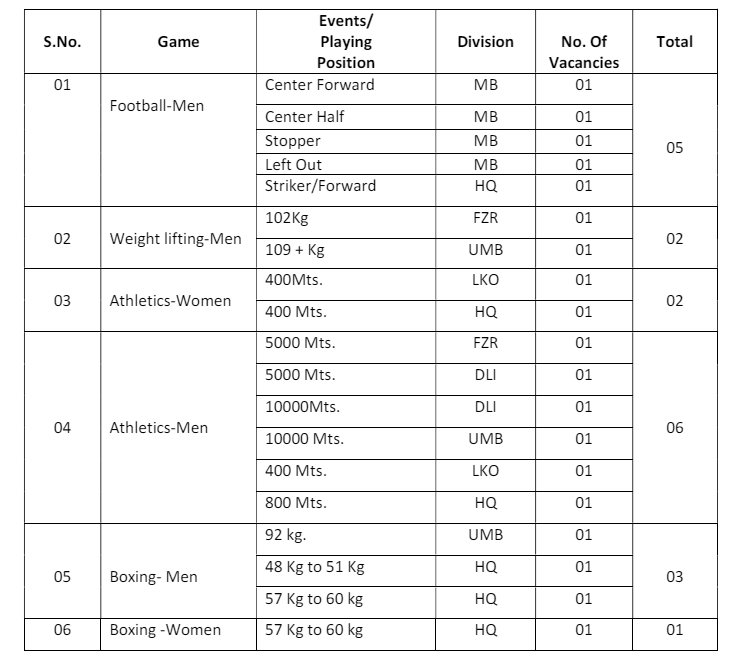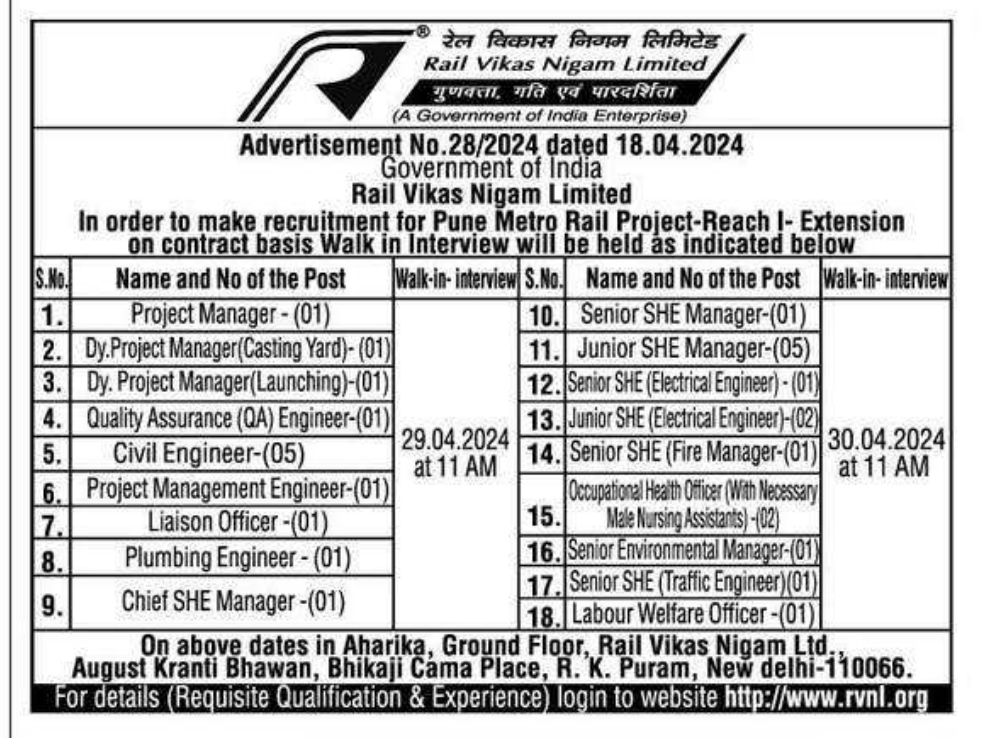Gas Turbines and Jet Engines MCQ Part 1

Category –ME Online Test
Telegram-Join Us On Telegram
Attempt Free Gas Turbines and Jet Engines MCQ Part 1 Here. Read The Important Mechanical MCQ From Below.
Q1. For supplying intermittent small quantity of air at high pressure, following compressor is best suited
A. centrifugal
B. reciprocating [Correct Answer]
C. axial
D. screw
E. turbo jet.
Answer : B
Gas Turbines and Jet Engines MCQ Part 1
Q2. For minimum work in multistage compression, assuming same index of compression in all stages
A. work done in first stage should be more
B. work done in subsequent stages should increase
C. work done in subsequent stages should decrease
D. work done in all stages should be equal [Correct Answer]
E. work done in any stage is no criterion for minimum work but depends on other factors.
Answer : D
Q3. For a two stage compressor* if index of compression for higher stage is greater than index of compression for lower stage, then the optimum pressure as compared to ideal case will
A. increase [Correct Answer]
B. decrease
C. remain unaffected
D. other factors control it
E. unpredictable.
Answer : A
Gas Turbines and Jet Engines MCQ Part 1
Q4. Diffuser in a compressor is used to
A. increase velocity
B. make the flow stream-line
C. convert pressure energy into kinetic energy
D. convert kinetic energy into pressure energy [Correct Answer]
E. increase degree of reaction.
Answer : D
Q5. The ratio of isentropic work to euler’s work is known as
A. compressor efficiency
B. isentropic efficiency
C. Euler’s efficiency
D. pressure coefficient [Correct Answer]
E. pressure ratio.
Answer : D
Gas Turbines and Jet Engines MCQ Part 1
Q6. The thermodynamic efficiency of rotary compressor is based on
A. isothermal compression
B. adiabatic compression [Correct Answer]
C. isentropic compression
D. polytropic compression
E. none of the above.
Answer : B
Q7. Phenomenon of choking in compressor means
A. no flow of air
B. fixed mass flow rate regardless of pressure ratio [Correct Answer]
C. reducing mass flow rate with increase in pressure ratio
D. increased inclination of chord with air steam
E. does not occur.
Answer : B
Gas Turbines and Jet Engines MCQ Part 1
Q8. The maximum compression ratio in an actual single stage axial flow compressor is of the order of
A. 1 : 1.2 [Correct Answer]
B. 1 : 2
C. 1 : 5
D. 1 : 10
E. 1 : 1
Answer : A
Q9. Maximum delivery pressure is a rotary air compressor is of the order of
A. 6 kg/cm2
B. 10 kg/cm2 [Correct Answer]
C. 16 kg/cm2
D. 25 kg/cm2
E. 40 kg/cm2.
Answer : B
Q10. Surging is the phenomenon of
A. air stream blocking the passage
B. motion of air at sonic velocity
C. unsteady, periodic and reversed flow [Correct Answer]
D. air stream not able to follow the blade contour
E. production of no air pressure.
Answer : C
Gas Turbines and Jet Engines MCQ Part 1
Q11. The ratio of the increase in pressure in rotor blades to total increase in pressure in the stage is called
A. pressure ratio
B. pressure coefficient
C. degree of reaction [Correct Answer]
D. slip factor
E. stage factor.
Answer : C
Q12. Axial flow compressor resembles
A. centrifugal pump
B. reciprocating pump
C. turbine [Correct Answer]
D. sliding vane compressor
E. none of the above.
Answer : C
Q13. Axial flow compressor has the following advantage over centrifugal compressor
A. larger air handling ability per unit frontal area [Correct Answer]
B. higher pressure ratio per stage
C. aerofoil blades are used
D. higher average velocities
E. none of the above.
Answer : A
Gas Turbines and Jet Engines MCQ Part 1
Q14. Actual compression curve is
A. same as isothermal
B. same as adiabatic
C. better than isothermal and adiabatic
D. in between isothermal and adiabatic [Correct Answer]
E. none of the above.
Answer : D
Q15. Atmospheric pressure is 1.03 kg/cm and vapor pressure is 0.03 kg/cm . The air pressure will be
A. 1.03 kg/cm2
B. 1.06 kg/cm2
C. 1.00 kg/cm2 [Correct Answer]
D. 0.53 kg/cm2
E. 0.5 kg/cm2.
Answer : C
Gas Turbines and Jet Engines MCQ Part 1














